|
|
Post by Bonobo on Mar 11, 2012 13:50:41 GMT 1
Poland re-opens 1941 massacre of Jews investigation
07.03.2012 12:50
Poland’s chief rabbi has said that the National Remembrance Institute (IPN) investigation into the murder of 20 Jews by Poles in north east Poland in 1941 is “better late than never”.
The investigation just opened in Warsaw looks into the brutal WW II rape and murder of Jewish women in the small village of Bzury, Podlaskie province.
The case has been reopened by the state-backed IPN, which is charged with investigating crimes against the Polish nation.
Poland’s chief rabbi, Michael Schudrich has told thenews.pl that though the investigation into the massacre, after 71 years, is late in starting, “it’s not too late” and that, “the value of justice never expires.”
“That IPN is willing to investigate these murders after so many decades is a strong symbol that it is never is too late for justice to be done,” he told us, Wednesday morning.
Massacre
The crime took place in August 1941, during Nazi occupation.
According to testimonies from 1948 to 1950, by which time Poland was under communist rule, the victims were raped and clubbed to death by local men.
Only one man, Stanislaw Zalewski, was convicted of the crime by the communist authorities, but IPN prosecutor Michal Ignatiew believes that there were several more perpetrators.
“Investigators from IPN believe that not all those guilty of the crime were brought to justice,” he told Polish Radio Bialystok.
The women, who were between 15 and 30 years of age, had been let out of the Nazi-run Jewish Ghetto in the town of Szczuczyn, so as to perform free labour on farmland in Bzury.
Their job was to tend to a field of vegetables. However, Michal Ignatiew claims that the murderers had already prepared weapons and dug a pit in the forest prior to the loan of the forced-labourers.
“Of course they intended to kill them,” he told the Gazeta Wyborcza daily, stressing that “there is no doubt that the torturers were Poles.”
The perpetrators allegedly fixed metallic elements to wooden clubs in a forge, prior to the killings, so as to maximise the impact of the blows.
“To this day, no one has remembered about that these young women, they are anonymous,” he said.
Michal Ignatiew also led IPN's investigation into the Jedwabne pogrom, which also took place in Nazi-occupied Eastern Poland during the war.
His investigation confirmed that Poles had carried out the murder of over 300 Jews in the village of Jedwabne. The victims were herded into a barn, and the structure was then set alight.
The investigation came in the wake of the book Neighbours, by Polish-American academic Jan T. Gross. The book, which focused on the Jedwabne massacre, prompted a painful reassessment of the relations between Polish Catholics and Polish Jews during the war.
|
|
|
|
Post by Bonobo on Mar 23, 2012 1:08:12 GMT 1
Anti-Semitic attack on family tomb of top newspaper editor
21.03.2012 09:21
The family tomb in Warsaw of Solidarity veteran and editor-in-chief of a leading Polish daily, Adam Michnik, has been broken into and profaned with anti-Semitic graffiti.

Pow±zki cemetery: photo - CC
A member of the public reported the incident on Monday evening.
The tombstone of Michnik's parents - Ozjasz Szechter and Stefania Michnik - has been broken at the base and the surface has had a Star of David hanging from a gallows scratched onto it.
The grave lies deep in the Stare Powazki necropolis, the cemetery where many prominent Poles are buried.
“I would like to believe that this was done by a person with severe emotional or psychological problems, who had heard propaganda against Gazeta [Wyborcza] and the Michnik family,” Adam Michnik reflected.
“Because this is so contrary to Polish tradition. The grave is a sacred place for us.”
Although Michnik rebelled against the communist status quo as a young man – he was imprisoned several times and became a leading light in the Solidarity movement – his father and uncle were both prominent communists of Jewish background.
This factor, combined with the perceived liberalism of Gazeta Wyborcza, has provided ammunition for opponents on the extreme right, and the daily is often smeared as a “Jewish newspaper.”
Although Michnik says that previous instances of vandalism at the grave were less serious, he claims that this is the third incident in six years.
Police have confirmed that they will be investigating the current incident.
Stare Powazki is owned by the Roman Catholic Church, and Prelate Rafal Markowski reflected that this incident is “a manifestation of an increasingly serious problem.
“The phenomenon of the destruction of graves - which has increased in Poland and other countries over the past few dozen years - is alarming,” he said.
Last Sunday, a Jewish cemetery in Wysokie Mazowieckie, north east Poland was defaced with Nazi symbols.
It followed a rash of racist vandalism in the region in 2011, involving Jewish monuments and synagogues, a Muslim cultural centre and signs for the the Lithuanian minority.
|
|
|
|
Post by Bonobo on May 29, 2013 19:04:04 GMT 1
Polish professor axed for blaming Holocaust on Jews
Historian says he’ll appeal academy decision to oust him over remarks that Jews ‘worked for centuries’ to bring about Shoah
May 29, 2013, 4:39 pm 1
WARSAW, Poland (JTA) — Polish historian Prof. Krzysztof Jasiewicz was dismissed from the Polish Academy of Sciences following an interview in which he partly blames Jews for the Holocaust.
Jasiewicz, 61, will lose his position as head of the Department of Analysis of Eastern Issues on June 1 but announced that he will appeal the decision.
In the interview, which was published in April in a special edition of Focus magazine on the occasion of the 70th anniversary of the outbreak of the Warsaw Ghetto uprising, Jasiewicz said that “generations of Jews worked for centuries to bring about the Holocaust,” that “without the active participation of the Jews the Holocaust would have been impossible,” and that “it is a waste of time to dialogue with the Jews.”
Director of the Institute of Political Studies of the Polish Academy of Sciences, Professor Eugeniusz Cezary Krol, said in a statement that Jasiewicz was fired for violating the elementary standards of scientific rigor.
Scholars and historians at the academy protested against what Jasiewicz said in the popular scientific magazine, saying his opinions were harmful.
“The Jews accuse us [Poles] of the worst of everything; they are violent and arrogant against us. Our role in this dialogue is limited to apologizing,” Jasiewicz told “Do Rzeczy” magazine in an article about the controversy. |
|
|
|
Post by pjotr on Jul 5, 2016 0:41:25 GMT 1
 Poland's Duda vows anti-Semitism fight at Kielce anniversary Poland's Duda vows anti-Semitism fight at Kielce anniversary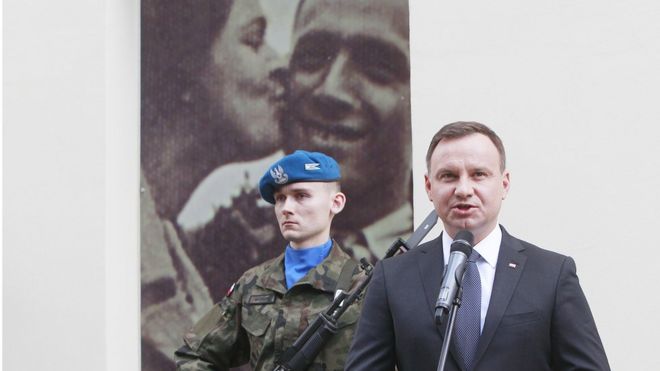 President Duda said there was no justification for anti-Semitic crimePolish President Andrzej Duda has marked the 70th anniversary of a notorious post-war massacre of Jews by saying there is no place for anti-Semitism in today's Poland. President Duda said there was no justification for anti-Semitic crimePolish President Andrzej Duda has marked the 70th anniversary of a notorious post-war massacre of Jews by saying there is no place for anti-Semitism in today's Poland.Forty-two people, most of them survivors of the Nazi Holocaust, were murdered on 4 July 1946 in Kielce, 150km (93 miles) south of Warsaw. The massacre was carried out by communist police, soldiers and a mob.  Kielce, Poland, Bodies at the site of a pogrom in 1946. Kielce, Poland, Bodies at the site of a pogrom in 1946. It prompted thousands of Poland's Jewish Holocaust survivors to leave. The pogrom began because of false claims by a Christian boy, Henryk Blaszczyk, who told his family he had been kidnapped by Jews. A Jewish centre housing Holocaust survivors at 7 Planty Street was surrounded and its occupants attacked. 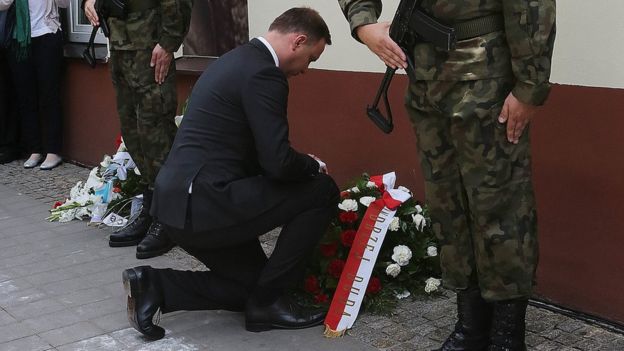 President Duda laid a wreath at the house in Planty Street where the pogrom took place President Duda laid a wreath at the house in Planty Street where the pogrom took placeBefore the war and the Nazi occupation, Poland had been home to Europe's biggest pre-war Jewish community. Kielce itself had a 24,000-strong Jewish population, but only around 200 came back. Within weeks of the massacre more than a quarter of Poland's Jewish survivors had fled. Twelve of the perpetrators were put on trial and nine sentenced to death. " It was the army and police who first opened fire on the Jewish residents of Kielce," Mr Duda said on Monday, singling out Poland's then communist authorities. " In the free, sovereign, independent Poland there is no room for any prejudice, there is no room for racism, there is no room for xenophobia, there is no room for anti-Semitism." The president had earlier laid flowers on the graves of victims in Kielce's Jewish cemetery, accompanied by Poland's Chief Rabbi Michael Schudrich. 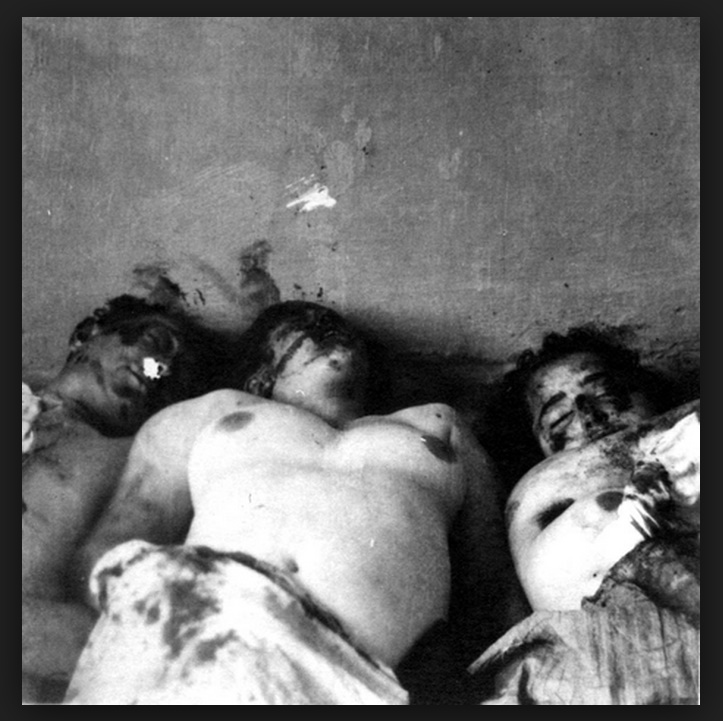 The jewish nurse Estera Proszowska survived the Holocaust but not the pogrom in Kielce 1946. One year after WWII ended. The jewish nurse Estera Proszowska survived the Holocaust but not the pogrom in Kielce 1946. One year after WWII ended. The coffin of the child that survived the Holocaust but not the pogrom in Kielce 1946. One year after WWII ended. The coffin of the child that survived the Holocaust but not the pogrom in Kielce 1946. One year after WWII ended. Victims of the Kielce pogrom Victims of the Kielce pogrom   Victims of the Kielce poprom in a hospital Victims of the Kielce poprom in a hospital   Polish jewish survivors of the Kielce pogrom after they were brought to safety Polish jewish survivors of the Kielce pogrom after they were brought to safety  Mourners after the Kielce pogrom Mourners after the Kielce pogrom Mourners after the Kielce pogrom Mourners after the Kielce pogromP.S.- The Sovjet and Polish Stalinist intelligence agencies NKVD and Ministry of Public Security of Poland (UBP) were present together with the Polish police and the Polish communist party PPR, and instigated the massacre. In general they had little empathy with human lives, and it didn't matter if these lives were Polish Roman-Catholic, Jewish, Christian-Orthodox (Ukrainian) or from the German and other minorities. They were atheists and Stalin's henchmen (Polish low working class people and peasent who saw an opportunity to take revenge on the Polish middle class, high class and bourgeoisie in general). The evil person Stalin used jews when he could, but turned against them if it was convenient for him. Stalinists in general had contempt for human life and were low lifes. Polish communists during the war and during the first years after the war knew that almost the entire leading cadre of the Komunistyczna Partia Polski were enveloped by the Purges and murdered. These Stalinists were opportunist survivors who survived by dancing like puppets for Staling and by getting rid of fellow Polish communists and non-communists. Ofcourse there were primitive non-communist Poles involved in the pogrom of Kielce, but fact is that the Polish communist police and army didn't stopped the vicious lynching and murder of jews. |
|
|
|
Post by pjotr on Jul 5, 2016 0:44:59 GMT 1
|
|
|
|
Post by Bonobo on Feb 5, 2017 16:06:37 GMT 1
Anti-Defamation League chief apologises for Holocaust comment
05.02.2017 14:38
Poland’s ambassador to the US has accepted an apology by the Anti-Defamation League (ADL) over claims regarding Poland’s stance on the Holocaust.
Ambassador Piotr Wilczek said on Saturday he was satisfied with a letter of apology sent to him by the League’s CEO, Jonathan Greenblatt, who had reportedly alleged that Poland refuses to publicly acknowledge Adolf Hitler's attempt to exterminate Jews.
American broadcaster CNN last week published comments attributed to Greenblatt, citing him as saying that many countries – Iran, Russia, Poland, and Hungary, for example – specifically refuse to acknowledge Hitler’s attempt to exterminate Jews.
CNN quoted Greenblatt as saying that those countries opted “instead to talk about generic suffering rather than recognising this catastrophic incident for what it was: the intended genocide of the Jewish people”.
In the letter to the Polish ambassador, Greenblatt admitted that he had made a mistake by including Poland among such countries.
He said he regretted his remarks and stressed he had not intended to offend the Polish government or society.
He also said that the ADL had given support to the Polish government’s campaign to rectify inaccurate expressions such as "Polish death camps", recurring in Western media outlets.
Both Wilczek and Greenblatt expressed hope for continuing dialogue between Warsaw and the Jewish rights organisation.
|
|
|
|
Post by Bonobo on Feb 12, 2017 12:34:24 GMT 1
Interesting article www.jta.org/2017/01/25/life-religion/at-auschwitz-a-jewish-journalist-confronts-his-anti-polish-biasAt Auschwitz, a Jewish journalist confronts his anti-Polish bias
By Cnaan LiphshizJanuary 25, 2017 5:07pm
587shares
Journalists visiting a renovated barack at Auschwitz, Dec. 1, 2016. (Cnaan Liphshiz)
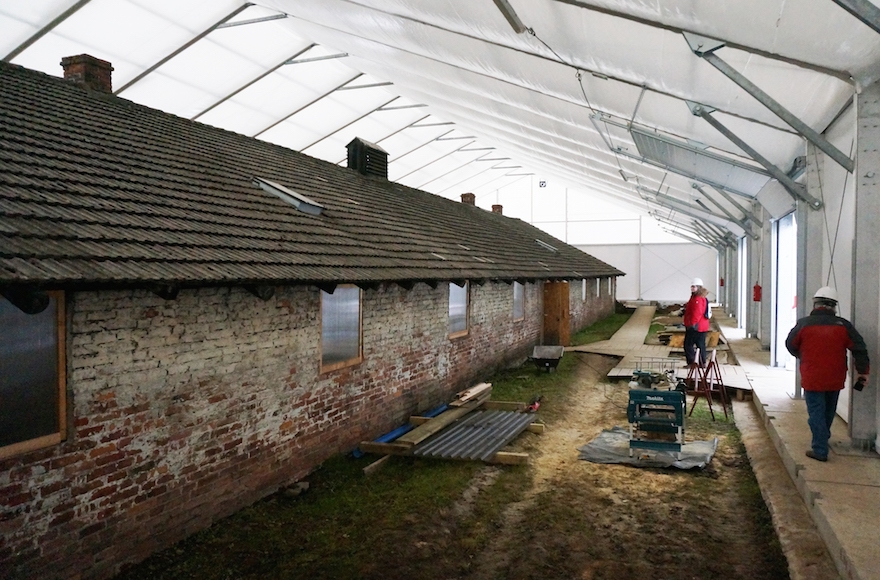
OSWIECIM, Poland (JTA) — I did a shameful thing on my first visit 20 years ago to the former Nazi death camp of Auschwitz-Birkenau.
In a guestbook outside an Auschwitz museum exhibit featuring information on 70,000 Polish non-Jews who were murdered here, I downplayed the significance of their deaths by writing: “Your pain is no credential here, it’s just the shadow of my wound.”
Those words — a quote from a Leonard Cohen song that I abused as a high school student from Israel while touring the camp that my grandmother had survived — resurfaced in my consciousness last month on my latest visit to the site, this time to attend a five-day journalists’ seminar.
Like eight other colleagues from publications such as The New York Times, Agence-France Presse and Britain’s Press Association, I signed up for the seminar to finally gain a truly structured understanding, based on observation and deliberate study, of the sprawling site that I had visited at least a dozen times on brief assignments.
We got what we came for — and more. During the seminar, the first-ever designed for journalists by the museum, we saw a dozen restorers carefully polishing some of the 3,800 suitcases of Holocaust victims.
“It’s drudgery, but when the faded name once again appears on the leather, it’s like giving a headstone to a person without a grave,” Maria Swieton, a 30-year-old restorer at the lab told me. In addition to suitcases, the museum also has 110,000 shoes and 4,500 artworks.
Our tour was the first time media were allowed access to a pilot preservation program that will cost tens of millions of dollars aimed at restoring Auschwitz barracks. Implemented for the time being on just two of the some 450 structures on the museum’s grounds, the program involves encasing them in huge tents, replacing unsalvageable parts with material fashioned to match the originals, then taking apart and cataloguing the barracks furnishings before reassembling the buildings and reinforcing the foundations.
It was an inspiring demonstration of the dedication of Polish authorities and the international donors to the Auschwitz memorial fund, whose goal is to not let the world forget what happened here and educate approximately 2 million people who visit the museum each year.
Yet as the chill of the place worked its way to my bones — both metaphorically and physically, as again I had come without sufficient winter gear — my mind kept drifting back to my grandmother who survived Auschwitz, my relatives who perished here and that Cohen lyric. I wondered what made me write it — and if the ugly sentiment was connected to the aggressive attempts by Polish authorities to control public discourse about the Holocaust.
I broke from the group early one night and walked a lonely half-mile through the icy paths of the Auschwitz I complex. Long after the closing hours of the now deserted museum, I shivered under the yellow lights of lamps that the Nazis had Polish slave laborers install here.
The quote came back to me as I passed the gallows of Auschwitz I — the first part of the death camp that the Germans initially built in 1940 for Polish prisoners and by 1941 used to keep also Soviet prisoners of war. Eighteen months later it became a slaughterhouse for 1.1 million Jews, 25,000 Roma and 15,000 prisoners of war.
I specifically recalled the story of Janusz Pogonowski, a fighter for the Home Army underground, who in 1943 stood with 11 other non-Jews at those gallows while camp commander Rudolf Hoss read out the sham verdict for plotting to escape. Instead of waiting to be executed, Pogonowski kicked the stool from under his own feet as a last act of resistance.
In addition to killing 3 million Polish Jews, the Nazis also killed 3 million Polish non-Jews, mostly civilians. I saw hundreds of their portraits – haunting mugshots of men and boys with extinguished eyes and striped uniforms — alongside photos of Jewish inmates on the walls of Blocks 5 and 6.
What could have possessed me, then, to write that callous and disrespectful sentence 20 years ago?
With hindsight, I was able to see that my competitive attitude to grief was an unwanted inheritance from my grandparents and parents, all of them Polish speakers. More than a teenager’s outburst, the gesture was rooted in a troubled, bloody legacy of shared grief, grudges, nuances and caveats that continue to bedevil Polish-Jewish relations to this day.
Like many Polish leaders before him, President Andrzej Duda says the Holocaust and World War II were tragedies that underscore the shared destiny of Jews and Poles. He also likes to highlight the actions of more than 6,500 Poles who saved Jews during the Holocaust — the highest number of any country in the world.
In line with this view — that Poles and Jews are united by the devastation caused by the Nazis — Duda’s right-wing government last year passed a bill that criminalizes terms like “Polish death camps” instead of “Nazi death camps.” And the Auschwitz-Birkenau Memorial and Museum insists that journalists use the term “German-occupied Poland” when referring to the country during the Holocaust.
But my Poland-born grandmother did not think of Polish non-Jews as fellow victims as she was marched by retreating Nazis from Auschwitz into Germany. Severely emaciated and exhausted, she also feared being caught by Pogonowski’s Home Army. Its fighters, in addition to recruiting and helping to save some Jews, also participated in anti-Jewish pogroms that made some Jews fear the partisans more than the Nazis.
During the Nazi occupation, thousands of Jews were murdered by Poles in at least 20 towns and cities, including Jedwabne, where hundreds were butchered in 1941 without German interference.
Ironically, my grandmother and her dying friend decided they would escape the march only in Germany, where a German farmer and a soldier – perhaps a defector – saved her friend’s life and saved my grandmother’s badly infected arm from amputation. After the war and living in Lodz, her husband, my grandfather, taught my father how to fight children who called him a “dirty Jew.” Then they were let out of the country, but stripped of the Polish nationality, in 1957 during a period of relative liberalization following the death of Joseph Stalin.
Like countless other Jews of Polish descent, such stories formed the background of my understanding of Poland and colored it with a bias.
I know I’m not the only one.
Last year Rabbi Zev Friedman, dean of Rambam Mesivta High School in New York, rallied with his pupils outside the Polish consulate to protest Warsaw’s curbing of free speech. They complained about the opening last year of a criminal probe in Poland against a Jewish historian who said Poles killed more Jews during World War II than Poles killed Germans. The historian was suspected of “insulting the honor of the Polish nation,” which is an offense according to the country’s penal code.
Historians agree that collaboration in Poland was immensely less prevalent than in nearly all the countries in Eastern Europe, including Ukraine, Lithuania, Romania and Hungary. Poles are responsible only for a tiny fraction of the victims of the Holocaust.
Yet Friedman also wrote in a statement about the rally that Poland is trying “to rewrite history and deny the significant role that Polish citizens had in perpetrating the Holocaust.” He added: “I’ve heard many survivors speak of the glee that their Polish neighbors had when Jews were being mercilessly persecuted.”
Michael Schudrich, the chief rabbi of Poland, has heard those claims, too. And while he acknowledges that some Poles perpetrated atrocities against Jews during the Holocaust, he called testimonies saying this was prevalent “not historical accounts but reflections of the horror experienced by people who survived the Holocaust in Poland.”
I got a window seat on the plane bound for my home in the Netherlands — a country which, unlike Poland, had during World II a quisling Nazi proclaimed as its leader by Adolf Hitler. The sun was setting on the homes of ordinary and honest people who, 75 years after the Nazis turned their land into a cemetery for Jews and other undesirables, are still struggling to come to terms with their nation’s tormented legacy. |
|
|
|
Post by Bonobo on Dec 26, 2017 15:36:07 GMT 1
Two reviews of a film - Polish and Jewish BOGDAN”S JOURNEY
4th July 2016, will mark the 70th anniversary of the Kielce pogrom.
Kielce, Poland was the site of Europe’s last Jewish pogrom—in 1946. Townspeople killed 40 Holocaust survivors seeking shelter in a downtown building, injuring 80 more.
As news of the pogrom spread across Poland, Jews fled the country. The Kielce pogrom became a symbol of Polish post-war anti-Semitism in the Jewish world. Under communism, the pogrom was a forbidden subject, but it was never forgotten.
In a free Poland, Bogdan Białek, a Catholic Pole, journalist and psychologist, emerges to talk publicly about the issue. Over time, with great effort, he persuades the people of Kielce to confront this painful history. Beginning as a solitary figure, he confronts the deepest prejudices in his fellow citizens, and strives to reconnect Kielce with the outside Jewish community. The effort costs him dearly.
“Bogdan’s Journey” was filmed in Poland, Israel and the United States for almost a decade. Its two directors, a Polish Catholic and a Jewish American, combine to tell a unique story about one man and how he redeems 70 years of bitter, contested memories–by telling the truth with love.
The meeting with Maja Wolny – author of the novel about Kielce pogrom ‘The Black Leaves’, Michał Jaskulski and Lawrence Loewinger – the film directors, led by Bogdan Białek, will be held after the film screening.
The ceremony in memory of 70th anniversary of Kielce pogrom will be held in Jewish cementery in Pakosz on Sunday, July 3rd at noon.
Credits:
Directed by Michał Jaskulski & Lawrence Loewinger
Prod. Two Points Films & Metro Films
www.jewishfestival.pl/en/seeking-the-truth-70th-anniversary-of-kielce-pogrom/
Film about 1946 Jewish pogrom in Kielce goes on release
09.12.2017 08:00
“Bogdan's Journey” (Polish title "Przy Planty 7/9") is the title of a new documentary film on a Jewish pogrom that took place in the south-central Polish town of Kielce on 4 July 1946.
Image: geralt/pixabay.com/CC0 Creative Commons Image: geralt/pixabay.com/CC0 Creative Commons
Forty Jews were killed and some 80 injured in a frenzy of violence which was provoked by a false rumour that a Jewish family had abducted a Christian boy and held him overnight.
The film, which went on release across Poland on Friday, focuses on the efforts of Bogdan Białek, a Kielce journalist and psychologist, who persuades members of the local community to confront their town’s painful history. Over the years, at great personal price, he manages to change the image of Kielce as a symbol of anti-Semitism in post-war Poland and establish close links with the international Jewish community.
The film is the work of Polish and American directors, Michał Jaskulski and Lawrence Loewinger. It took eight years to make, with location shooting in Poland, Israel and the United States
On the film’s website, Jaskulski writes: “I am a Catholic Pole. My film partner, who got me involved in this journey, is an American Jew, 40 years my senior. While making this film the fact that we’ve learned to see things [in a similar way] assures me that the message and the empathy we’ve learned from our protagonist will be a lesson to any audience no matter their age or where they come from.”
“Bogdan’s Journey” has received several awards, including the Interfaith Award for Best Documentary at the International Documentary Film Festival in Saint Louis in the United States.
www.thenews.pl/1/11/Artykul/339027,Film-about-1946-Jewish-pogrom-in-Kielce-goes-on-release |
|
|
|
Post by Bonobo on Feb 4, 2018 14:50:03 GMT 1
Sometimes Jews are irritated by Polish insensitivity about serious things which should be treated with respect. 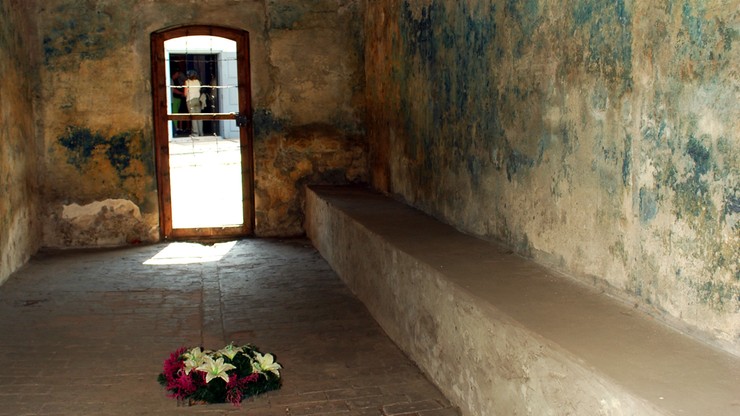 Jewish groups ask Poland to explain naked game of tag in Nazi gas chamber Jewish groups ask Poland to explain naked game of tag in Nazi gas chamber
After learning 2015 video was shot in the Stutthof death camp in Poland, groups representing Holocaust survivors pen letter to country's president asking who gave permission
By JTA and TOI staff 29 November 2017, 8:25 pm 68
Groups representing Holocaust survivors have asked Poland’s president to explain why artists were allowed to film a naked game of tag (warning: graphic images) inside a gas chamber in the former Nazi death camp of Stutthof.
On Wednesday, the Organization of Holocaust Survivors in Israel, the Simon Wiesenthal Center and several other groups sent the request for clarification to President Andrzej Duda in connection with a video that the Museum of Contemporary Art in Krakow displayed in 2015 without divulging any details on where it was filmed. The letter was sent after research revealed the location was Stutthof, near Gdansk, Poland.
“At the time, no comment or word of critique was heard from Polish official sources regarding the video, neither from the Prime Minister’s office, nor from any official/ government representative- not Poland’s Ministry of Culture or Foreign Ministry, or from Krakow’s city mayor,” the statement said.
“Extensive research recently revealed that the site where the video was filmed is the gas chamber at the Stutthof concentration camp, and it is this discovery which prompted the demand for clarifications from the Polish leaders and the administration of the Stutthof concentration camp site (and museum),” it said.
The organizations that co-signed the letter Wednesday asked to know whether the artists did “obtain permission from the Stutthof administrators to make this video, what rules exist for proper conduct at the site, how these are enforced” and whether an investigation of the circumstances of the making of the video had been carried out, the Simon Wiesenthal Center wrote in a statement about the letter.
Following protests by Jewish groups and community leaders, the Krakow museum pulled the exhibition but then reinstated it, defending it as falling under freedom of artistic expression.
The video was part of an exhibition titled “Poland – Israel – Germany. The experience of Auschwitz,” which opened in 2015 in Krakow, about the former Nazi death camp’s impact on public discourse. It was endorsed and sponsored by the Israeli Embassy in Poland.
But after drawing considerable criticism from Jewish advocacy groups, the embassy called for the video’s removal.
“The embassy has learned of criticism regarding the video in question and has contacted organizers with a request that the parts deemed offensive be removed,” Michael Sobelman, the embassy’s spokesman, told JTA at the time.
The installation, called “Game of Tag,” also was displayed at an art museum in Estonia before being pulled following protests.
“It is the most disgusting thing I’ve seen in a long time,” Efraim Zuroff, the Wiesenthal Center’s chief Nazi hunter, said in 2015 about the exhibition. “They lied about it. It is just revolting and a total insult to the victims and anyone with any sense of morality or integrity.”www.timesofisrael.com/jewish-groups-demand-poland-explain-naked-game-of-tag-in-nazi-gas-chamber/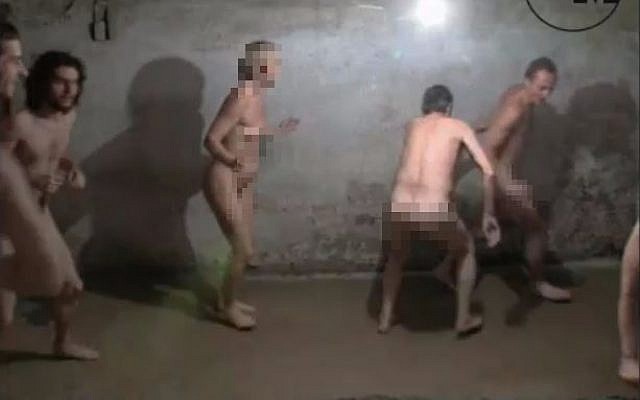 |
|


























